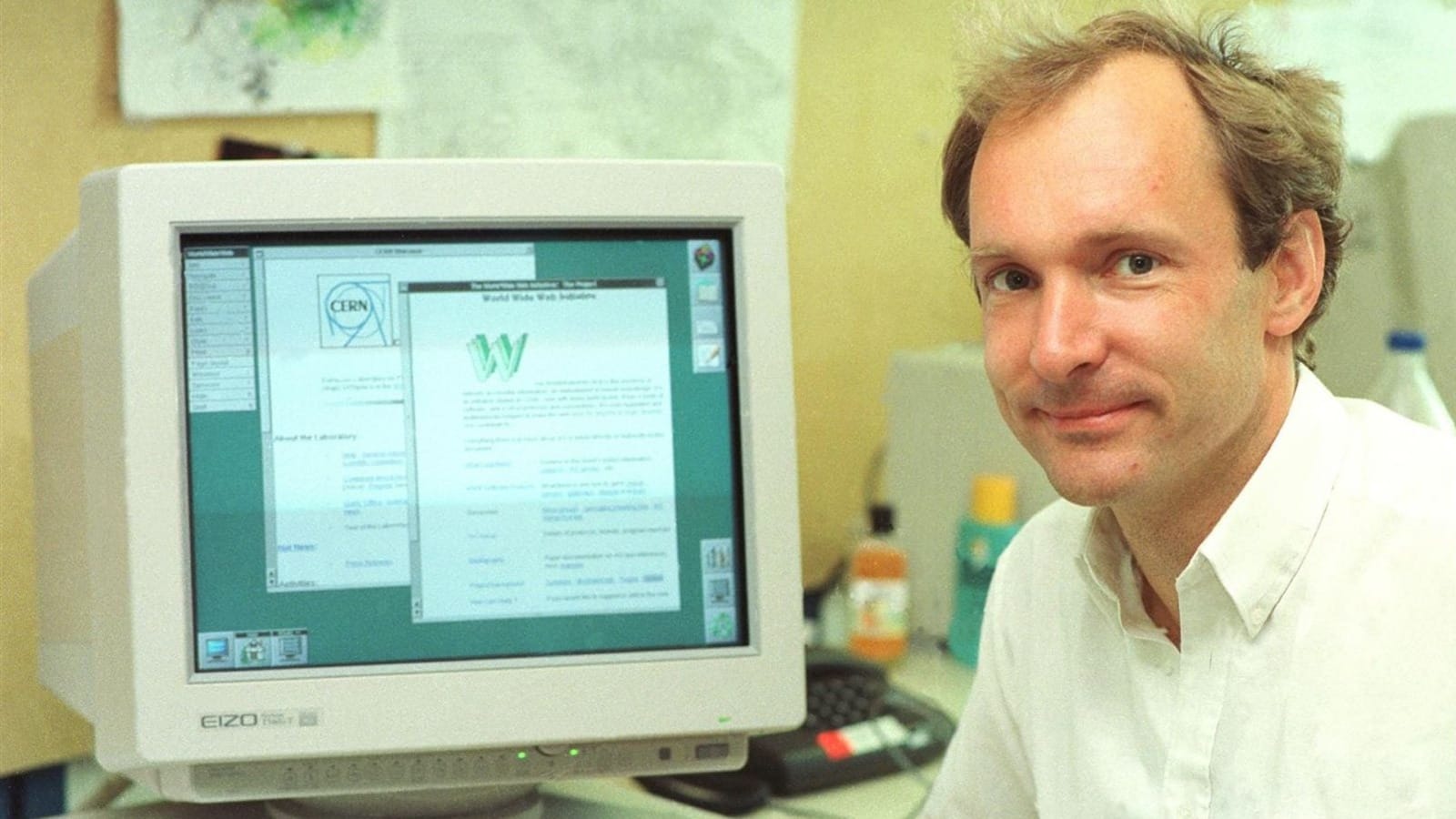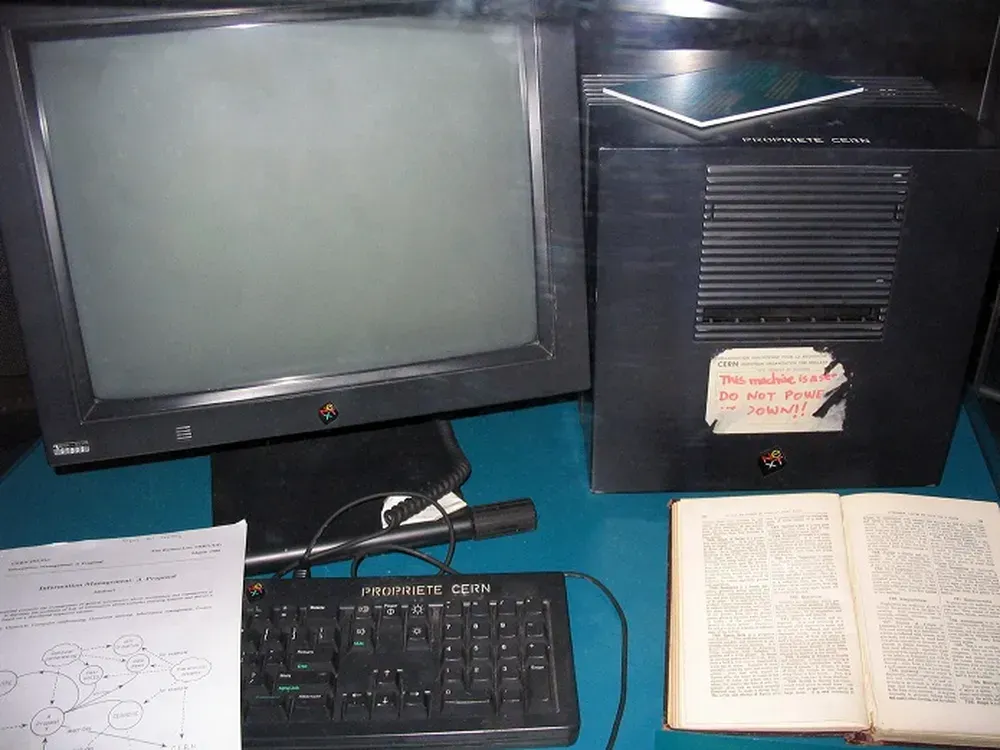The first webpage
On August 6, 1991, British computer scientist Tim Berners-Lee launched the inaugural webpage on the World Wide Web, a project he had been developing for several years.

The first webpage ever created remains intact and accessible online. On August 6, 1991, British computer scientist Tim Berners-Lee launched the inaugural webpage on the World Wide Web, a project he had been developing for several years. This page served as an introduction to the World Wide Web and is still available at its original URL on the European Organization for Nuclear Research (CERN) website. It has remained unchanged, featuring only text and hyperlinks without any images or colors.
Before Berners-Lee’s revolutionary invention, the Internet consisted mainly of static documents used by defense organizations and academic institutions. The World Wide Web added a dynamic layer, allowing documents and pages to be accessed via URLs and interconnected through hyperlinks. This development made information search and sharing accessible to the general public.
Hosted on Berners-Lee’s NeXT computer at CERN, the first webpage provided details about the World Wide Web project, explaining how it worked and how others could create their pages. The URL of the first webpage is http://info.cern.ch, where it can still be visited today. Initially, the project aimed to facilitate information sharing among scientists worldwide but quickly evolved into a global information system accessible to everyone.

In addition to the webpage, Berners-Lee developed the first web browser and web server software, utilizing a NeXT computer. The simplicity and universality of the web allowed it to grow rapidly, leading to the development of popular websites and browsers in the following years, such as Mosaic, which significantly broadened the web’s audience. This expansion laid the foundation for the creation of major sites like Yahoo, Amazon, and Google, shaping the modern internet as we know it today.
Berners-Lee’s vision for the web was of a universal and open platform, which is why he chose not to patent his technology. This decision allowed for rapid growth and innovation, enabling the web to become a critical tool for communication, commerce, and entertainment globally.
In this spirit, CERN submitted a proposal to the Commission of the European Union under the ESPRIT programme: “WebCore”. The goal of the project was to form an international consortium, in collaboration with the US Massachusetts Institute of Technology (MIT). In 1994, Berners-Lee left CERN to join MIT and founded the International World Wide Web Consortium (W3C). Meanwhile, with approval of the LHC project clearly in sight, CERN decided that further web development was an activity beyond the laboratory’s primary mission. A new European partner for W3C was needed.
The European Commission turned to the French National Institute for Research in Computer Science and Controls (INRIA), to take over CERN's role. In April 1995, INRIA became the first European W3C host, followed by Keio University of Japan (Shonan Fujisawa Campus) in Asia in 1996. In 2003, ERCIM (European Research Consortium in Informatics and Mathematics) took over the role of European W3C Host from INRIA. In 2013, W3C announced Beihang University as the fourth Host. In September 2018, there were more than 400 member organizations from around the world.
Source: CERN
Thanks for reading. If you enjoyed our content you can you can stay up to date by following us on Twitter, Facebook and LinkedIn 👋.


